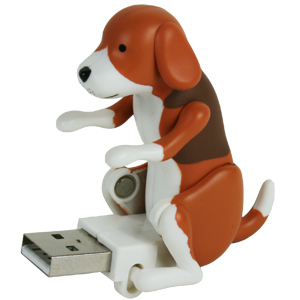USB 3.0 specs officially confirmed
All you need to know about the speedy new cable

Intel's USB Implementers Forum released the full USB 3.0 spec to its hardware partners last week, and while there's not a lot we didn't know already, read on for confirmation of specs and features.
Ten times faster
We'd been hearing this for a while, but the maximum speed of USB 3.0 is now officially confirmed at 4.8Gbps – that's ten times faster than the 480Mbps of USB 2.0.
To illustrate the difference, Intel cite the time taken to transfer a 27GB HD movie to a portable media player which,the company says, would take 15 minutes or more with a USB 2.0 connection.
Intel reckons USB 3.0 will do this in only 70 seconds.
Obviously, that's only going to work if your portable storage can write that quickly, so magnetic hard disks in particular will still be limited by their RPM.
Uploads and downloads separately
Are you a pro? Subscribe to our newsletter
Sign up to the TechRadar Pro newsletter to get all the top news, opinion, features and guidance your business needs to succeed!
USB 3.0 is going to have one pair of lanes dedicated to reading, and one pair to writing. This means that it should be handling data in two directions with far greater speed.
In comparison, USB 2.0 has only one pair of data transfer lanes, and they're not split – which means reading and writing happens at the same time, hence the slowness.
More powerful, more power efficient and backwards compatible
USB 3.0 is set to carry more power (900 miliamps, as opposed to 100 miliamps in USB 2.0), in line with the increasing number of portable devices that need USB to charge.
At the same time, USB 3.0 will use this increased power more efficiently.
Idle devices that aren't being charged won't have their power drained by the host controller as it checks them for traffic – devices will instead send the host a signal to start data transfer.
This new power feature will be backwards compatible with USB 2.0 devices, while USB 3.0 will feature general backwards compatibility in just the same way as USB 1.1 to USB 2.0 – no particular enhancement to your old USB 2.0 devices, but at least they'll still work.